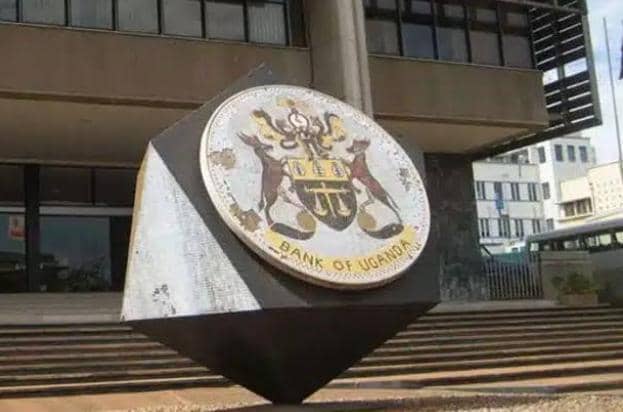
 Tiger FM
Tiger FM

 Tiger FM
Tiger FM
18 February 2025, 10:32 am
By Ronald Ssemagonja
Uganda is one of the countries whose economy is trying to thrive despite of the challenges. According to statistics Uganda’s Gross Development progress (GDP) stands at about United States Dollars 49.27 billions. One dollar is equivalent to about Uganda Shillings 3685.18. basing on World Bank’s collection of development indicators. This shows a significant growth compared to when Uganda got her independence in 1962.
Uganda’s Economy has rebounded strongly, with all the three major sectors i.e. agriculture, industry, and services. In 2023 Uganda’s economy was standing at about 5.3% during the Financial Year (FY) of 2023 compared to about 4.7% the recent years. In October 2022, inflation declined and had fallen below the Bank of Uganda (BOU) target of 5% by June 2023. The Economy was expected to grow above 6% every year in the medium terms as BOU eased monetary policy and government relies mainly on revenue collection and spending efficiencies to cut the deficit. Recovery in tourism combined with the government’s export diversification and agro-industrialization effort and investments to support export of crude oil, seen as one of the ways to support economic growth.
Bank of Uganda monetary statement for February 2025 shows that the bank has maintained the central bank rate (CBR) at 9.75% because this level supports price stability while fostering sustainable economic growth. While inflation is expected to stay below the 5% target in the next 12 months, geopolitical tensions and policy uncertainties could trigger fluctuations in economic activity and inflation in the short to medium term.
The statement’s purpose is to communicate Bank of Uganda’s monetary policy decisions, such as changes to the Central Bank Rate. The CBR is a policy interest rate set to influence pricing of loans, mortgages, treasury bills and bonds, foreign currency etc. Ultimately, changes in the CBR affect the cost of borrowing. By controlling the CBR, the bank aims to ensure price stability by keeping core inflation which stands for change in the price level, excluding prices of items which change rapidly and are beyond the control of policy like food crops, oil prices and administered prices such as water and electricity around the 5% target.
The current economic growth outlook for Uganda indicates that the countries economy continues to strengthen with Gross Development Progress growth in quarter one (Q1) for FY 2024/25 and is expected to reach 7.0% in the next 2 to 3 years, driven by a stable macroeconomic environment, foreign direct investment in mining and oil, strategic government interventions, increased agricultural production and expected oil revenues. If all goes well as planned, Uganda’s economy is to thrive.
